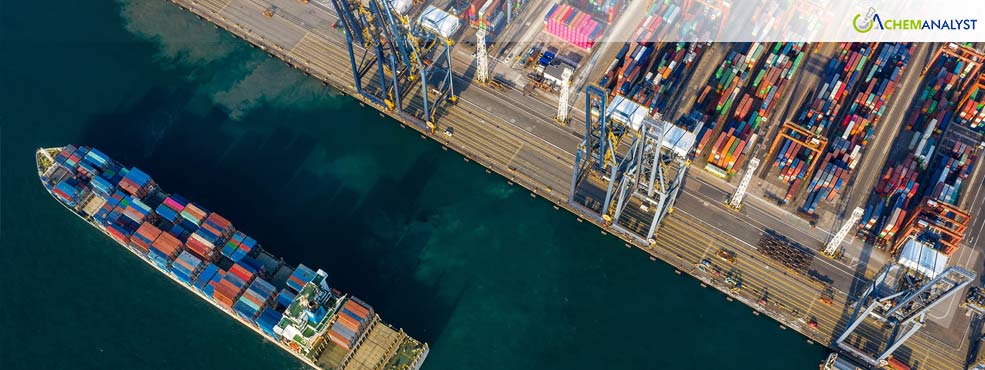Port of Santos Embarks on Historic Expansion, Adding 6.2 Million m² to Boost Capacity
- 15-Jan-2025 9:45 PM
- Journalist: Xiang Hong
The Port of Santos, Brazil’s largest and most active port complex, is embarking on an ambitious expansion plan with the incorporation of a 6.2-million-square-meter (m²) area in the Continental Zone of São Vicente, near Humaitá. This addition, equivalent to 574 football fields, is part of the port’s broader polygon expansion strategy aimed at boosting its capacity and modernizing its operations to meet increasing demand. The area is a greenfield site of untouched forest, strategically situated between the Humaitá Residential Complex and the banks of the Santana River, near the Humaitá toll plaza at kilometer 280 of the Padre Manuel da Nóbrega Highway.
In addition to this new land, São Vicente City Hall has designated the historic Porto de Naus for the expansion. Covering 850,000 m², this site is home to Brazil’s first customs wharf and a former sugar mill. Located near the Pênsil Bridge, Porto de Naus is expected to play a vital role in enhancing waterway access in the region, contributing to the port’s logistical and infrastructural development.
Juliana Santana, Secretary of Economic Development for São Vicente, underscored the economic benefits the expansion could bring to the municipality and its residents. “Every company that sets up operations here can create a significant ripple effect, generating jobs for local workers and service providers,” Santana explained. “This development will also stimulate economic activity, benefiting new businesses in sectors like maintenance, food services, and supply companies, ultimately fostering long-term growth in the region.”
The Port of Santos, already recognized as one of the busiest and most influential ports in Latin America, stands to benefit immensely from this growth. Over the next three decades, the planned expansion could increase the port’s total area to 20.4 million m². This growth involves the addition of 12.6 million m² across municipalities including Santos, São Vicente, Guarujá, and Cubatão, representing an extraordinary 162.4% increase in the port’s polygon area. Such an expansion would solidify the Port of Santos as a cornerstone of Brazil’s logistics infrastructure and a vital player in global trade.
The official decree authorizing the incorporation of 15 new areas into the port’s expansion is expected to be published in February. This announcement was made last month during an event at the Port of Santos administrative headquarters by Minister of Ports and Airports Silvio Costa Filho and Anderson Pomini, President of the Santos Port Authority (APS).
With this ambitious expansion, the Port of Santos is not only positioning itself as a leader in international shipping but also creating economic opportunities for local communities, driving innovation, and supporting Brazil’s broader development goals.



